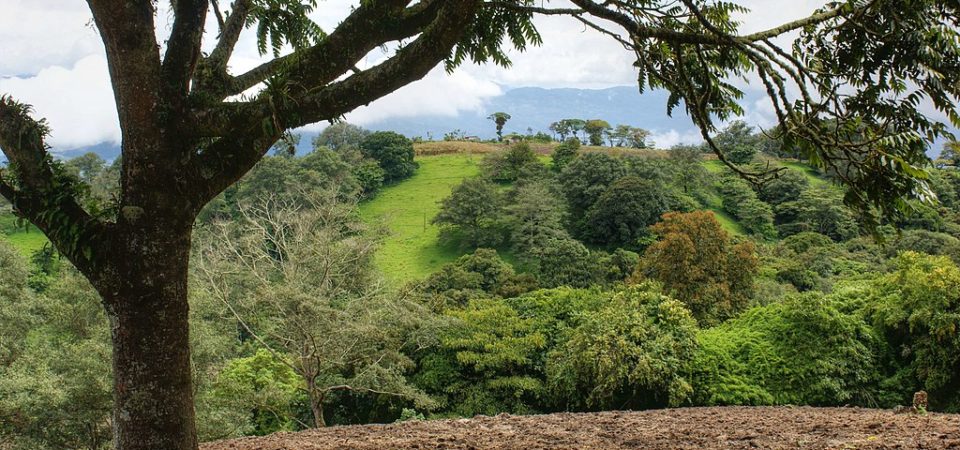Item Link: Access the Resource
Date of Publication: September 4
Year of Publication: 2023
Publication City: San Francisco, CA
Publisher: Stanford University
Author(s): Elana Kimpbrell
Diversified farming is an important complement to forest protections for reversing tropical biodiversity declines
It seems intuitive that forests would provide better habitat for forest-dwelling wildlife than farms. Yet, in one of the longest-running studies of tropical wildlife populations in the world, Stanford researchers found that over 18 years, smaller farms with varying crop types – interspersed with patches or ribbons of forest – sustain many forest-dependent bird populations in Costa Rica, even as populations decline in forests.
In a paper published Sept. 4 in the Proceedings of the National Academy of Sciences, Nicholas Hendershot and colleagues compared trends in specific bird populations across three landscape types in Costa Rica: forests, diversified farms, and intensive agriculture. The steepest declines were found in forests, then in intensive agriculture (and the species succeeding in intensive agriculture were often invasive). But on diversified farms, a significant subset of bird species typically found in forests, including some of conservation concern, actually increased over time.
Read the full article here.
The views and opinions expressed through the MAHB Website are those of the contributing authors and do not necessarily reflect an official position of the MAHB. The MAHB aims to share a range of perspectives and welcomes the discussions that they prompt.
